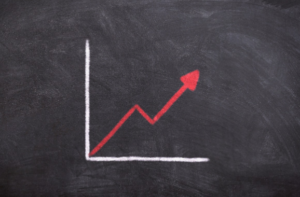
For any business, understanding and managing expenses is crucial for maintaining profitability and financial stability. One area often overlooked is the cost of cleaning products. Tracking and evaluating your business’s spend on cleaning supplies can help optimize your budget, identify potential savings, and even explore greener alternatives. In this blog, we will guide you through the process of finding out how much your business spends on cleaning products, empowering you to make informed decisions and maximize efficiency.
Assess Current Inventory and Usage
Begin by conducting a thorough assessment of your current cleaning product inventory. Take stock of all the supplies you have on hand, including cleaners, disinfectants, detergents, paper products, and any other items used for cleaning purposes. Categorize them and note the quantities available.
Next, analyze your usage patterns. Keep track of how frequently and in what quantities you replenish each product. This data will help you estimate your consumption and identify areas of potential waste or excess.
Calculate Costs
To determine the cost of cleaning products, you need to gather pricing information. Start by reviewing invoices and receipts from your suppliers. Look for detailed breakdowns that specify the cost of each cleaning item purchased.
For products bought in bulk or concentrated forms, calculate the cost per unit. Divide the total cost of the product by the quantity or volume to determine the unit cost. This will allow you to compare prices more effectively and identify any variations between suppliers.
Ancillary Expenses
When assessing your cleaning product expenses, don’t forget to account for ancillary costs. These may include delivery fees, taxes, or any additional charges associated with acquiring and storing cleaning supplies. Incorporating these expenses will give you a comprehensive view of the total costs involved.
Consumption and Waste
Implement a system to monitor the consumption of cleaning products in your business. Encourage employees to record quantities used or implement an automated tracking method if possible. This data will help you identify any areas of excess or opportunities for improved efficiency.
Explore Green and Cost-Effective Alternatives
As part of your evaluation, consider exploring green cleaning alternatives. These products are often environmentally friendly, safer for users, and can potentially lower costs. Compare the prices and effectiveness of green cleaning products against your existing supplies, and consider gradually transitioning to green options to align with sustainability goals while potentially reducing expenses in the long run.
Conclusion
Determining your business’s spend on cleaning products is a crucial step towards effective expense management. By conducting a thorough assessment, tracking consumption, and considering green alternatives, you can gain insights that will help you make informed decision and potentially reduce costs. Remember, maintaining a clean and hygienic workplace is essential, but by understanding and optimizing your cleaning product expenses, you can achieve a balance between cleanliness, sustainability, and financial efficiency.
